Journal of Clinical Research and Ophthalmology
Significant improvement of Age-Related Macular Degeneration with Melanin Precursors (QIAPI 1®). Case Report
Arturo Solís Herrera*, María del Carmen Arias Esparza and Martha P Solis-Arias
Cite this as
Herrera AS, Arias Esparza MDC, Solis-Arias MP (2021) Significant improvement of Age-Related Macular Degeneration with Melanin Precursors (QIAPI 1®). Case Report. J Clin Res Ophthalmol 8(1): 012-017. DOI: 10.17352/2455-1414.000086Age-related macular degeneration is the first cause of blindness in cold countries in the last 70 years ago or more. In spite expensive therapeutics strategies like intraocular injections, so far, the incidence and prevalence of ARMD cannot be improved significantly. In this case report, we demonstrate that melanin is a fundamental part of macular biology and once is attended the recovery both anatomical and functional is significant.
Background
Macular Degeneration is the leading cause of vision loss, affecting more than 10 million Americans – more than cataracts and glaucoma combined [1].
At present, Macular Degeneration is considered an incurable eye disease. Macular Degeneration is caused by the deterioration of the central portion of the retina, the inside back layer of the eye that records the images we see and sends them via the optic nerve from the eye to the brain. The retina’s central portion, known as the macula, is responsible for focusing central vision in the eye, and it controls our ability to read, drive a car, recognize faces or colors, and see objects in fine detail [2].
Most Age-related Macular Degeneration (AMD) cases occur among white Americans. In 2010, 89 percent of Americans with AMD were white. By comparison, black and Hispanic American populations each accounted for four percent of AMD cases [3]. Women generally have a longer life expectancy than men and are therefore more likely to develop age-related eye diseases such as AMD. In 2010, 65 percent of AMD cases were in women compared with 35 percent in men.
By 2050, the estimated number of people with AMD is expected to more than double from 2.07 million to 5.44 million. White Americans will continue to account for most cases. However, Hispanics will see the greatest rate of increase, with a nearly six-fold rise in the number of expected cases from 2010 to 2050. As the proportion of people in the U.S. age 65 and older grows larger, more people are developing age-related diseases such as AMD. From 2000-2010, the number of people with AMD grew 18 percent, from 1.75 million to 2.07 million [4].
Introduction
Age-related Macular Degeneration (AMD) is a devastating ocular disease affecting one third of the elderly population in the western world. Some cases of AMD develop neovascular membranes, which are characterized by the pathologic growth of new blood vessels into the retina. This pathology may be initiated by proteins capable of activating endothelial cells to become angiogenic or inflammatory, later causing them to grow abnormally [5].
AMD has been studied exhaustively using methods like PCR, immunoblotting, immunohistochemistry, morphometrics, tissue culture, ultrastructural observations, and functional assays to determine the effects of different molecules, like angiogenic factor, C5a, elastin fragments, expression of ICAM-1 (a surface protein that mediates leukocyte trafficking), etc.
Articles published about retina, the retinal pigmented epithelial layer, BRUCH´S membrane, and the choroid layer are numerous and reflect the great effort of many researchers around the world. These published works examined exhaustively the several prevalent theories about pathogenesis of AMD. However, them all are silent about the role of energy.
AMD and energy
Energy is defined as everything that produces a change. The metabolic pathways in retinal photoreceptors (Figure 1), the retinal pigmented epithelial layer (Figure 2), and the choroid, are particularly intense and not well understood. Thereby, the energy requirements of these numerous biochemical pathways molded by many biochemical reactions are huge, constant, and incessant.
So far, ATP and glucose constitutes the prevalent dogma respect the source of energy of eukaryotic cell, but 95 % of the metabolic pathways published about it, trying to explain the biochemistry sequence are controversial [6]. It was expected as glucose is the universal precursor of almost 99 % of organic molecules in plants and animals, but it cannot provide the energy that its own metabolism requires. If glucose were source of energy, diabetics should fly.
Water as source of energy
Currently, cell biology is based on glucose as the main source of energy. Cellular bioenergetic pathways have become unnecessarily complex in their eagerness to explain that how the cell is able to generate and use energy from the oxidation of glucose, where mitochondria play an important role through oxidative phosphorylation [7].
Our finding about the unexpected intrinsic property of melanin to transform photon energy into chemical energy through the dissociation of water molecule, a role performed supposedly only by chlorophyll in plants, seriously questions the sacrosanct role of glucose and thereby mitochondria as the primary source of energy and power for the cells.
Until today, chlorophyll is considered as the unique or at least the main molecule capable to transform light into chemical energy through the dissociation of water molecule. The reaction is as follows:
2H2O (liq) → 2H2(gas) + O2(gas)
Oxygen is toxic, so the plant expels it into the atmosphere, so the reaction in the leaves of the plants is irreversible.
But with melanin the story is different because it tolerates high oxygen levels and does not need to be expelled to the atmosphere, therefore the water dissociation reaction is reversible in melanin, and for every two water molecules that are re-formed, 4 high-energy electrons are generated (Figure 3).
2H2O (liq) → 2H2(gas) + O2(gas) → 2H2O (liq) + 4e-
The oxygen is toxic, so plants and animals do not take it from the atmosphere [8], in fact, when human body dissociates the water molecule through melanin, then it gets, at the same time molecular hydrogen and molecular oxygen. The real value product is the hydrogen, because is the energy carrier by excellence in the whole universe, therefore our body cannot be different, no way.
The retina is no exception, therefore, the energy obtains it from light, by dissociating the molecule from the water (Figure 4).
Since 2002, when we finished an observational, descriptive study on the relationship of blood vessels entering and leaving the optic nerve and their relationship to the three main causes of blindness (AMD, diabetic retinopathy [9], and glaucoma), and which included 6000 patients; and whose conclusion was about melanin's unsuspected intrinsic property of dissociating the water molecule, we began to design and use strategies to restore water dissociation levels in patients affected by macular degeneration.
Our hypothesis was that the main problem with age-related macular degeneration is alterations in the generation and distribution of energy that comes from melanin. The dissociation of water that happens inside melanin is an astonishingly accurate process that has not changed since the beginning of time and will not change, it cannot change since life has a unique sequence.
But the dissociation and re-forming of water is disturbed by contaminated water, polluted air, pesticides, herbicides, fertilizers, metals, plastics, solvents, industrial waste, trauma, alcohol, etc. And when this happens, the body's biochemical processes begin to disorganize, and eventually what we call diseases appear. It is surprising the response of tissues when restoring the astonishingly accurate generation and distribution of energy that comes from melanin.
To date, the results are as rewarding as they were from the earliest days. We have already published several cases [10]. In this article we exposed three demonstrative cases about the response of macula tissues using melanin precursors (QIAPI 1®), medication developed at our facilities in 1998.
Case report 1
55-year-old female patient, who has been starting with mild vision problems in her left eye for about a year. It does not refer to metabolic or cardiovascular problems. The following photographs were taken during the first consultation (08-29-2020) Figure 5.
Macula discoloration is an early sign of macular degeneration. It was thought to be irreversible. We start with QIAPI 1® sublingual drops at the rate of three drops every two hours as long as the patient is awake Figure 6.
The following photographs were taken on 03-06-2021:
Case report 2
60-year-old female patient with AMD in left eye treated with intraocular injections of Aflibercept in three times (Figure 7).
The patient came with us when she noticed the poor result of left eye injections and started with vision disturbances now in her right eye. The photograph (Figure 8) was taken the same day (10-03-2016).
Once formal requirements (informed consent) were completed, treatment with melanin precursors (QIAPI 1®) was initiated at the dose of three drops below the tongue every two hours. The following clinical photograph was taken two years later (02-05-2018) (Figure 9).
The left eye also responded, although the improvement in vision was modest. For example, exudates have tended to decline (Figure 10).
The patient continued treatment, and evolution can be seen in the following photograph (Figure 11), taken 18 months later, (03-11-2019).
The left eye has also evolved favorably as evidenced by the near total disappearance of exudates (Figure 12).
It is interesting to note that the excavation of the optic nerve has not increased in either eye in these 4 years of follow-up.
Case report 3
74-year-old female patient with long-evolving nearsightedness, cataract of both eyes, and bypass in 2007.
The eye with better vision, OD, starts with distortion 4 weeks ago. The photograph was taken during the initial consultation (Figure 13).
The photograph of the left eye shows changes compatible with long-evolving myopia, both eyes are cataract operated on (Figure 14).
Once the formal requirements (informed consent) were completed, treatment with Melanin precursors (QIAPI 1®) was initiated at the dose of three drops under the tongue every two hours, as long as the patient is awake.
The following photographs were taken nine weeks later (10-16-2018) (Figures 15,16).
The evolution in the left eye has been less dramatic, but we can expect some benefits, for example that it does not increase the excavation of the optical disc (Figure 16).
The patient continued treatment, and positive changes are preserved in the following photographs taken 6 months later (Figure 17).
In the left eye there were also changes as shown in the following photograph (Figure 18).
Discussion
The study of macular alterations compatible with age-related macular degeneration has been with no significant progress for decades, as it remains the leading cause of blindness in cold countries, for 60 or 70 years. But as the various cases we have been publishing show, it is necessary to consider a primary factor that is energy, because we can say that research had focused only on biomass, on structures, but we had forgotten that life is a delicate balance between mass and energy.
In addition, the prevailing dogma indicated that glucose was the source of energy, which is otherwise the wrong concept since glucose constitutes the building block par excellence, but the energy necessary to modify glucose and transform it into the other compounds that originate from it, we take it directly from light, like plants.
The surprising macular changes we show in this article, we see them every day in our consultation. Although the genuinely surprising is the human body itself to which it is enough to put into balance between mass and energy to manifest its enormous capabilities.
Conclusion
Our discovery of the unsuspecting ability of the human body to directly capture the energy of the sun and transform it into chemical energy through the dissociation of the water molecule, such as plants; it is a discovery that surpasses what many people know opens [11] and opens up a new era in the study and treatment of diseases considered so far incurable such as age-related macular degeneration, glaucoma, Alzheimer´s diseases, and many others.
The cases illustrated here demonstrate the feasibility of successfully treating a disease as devastating as macular degeneration. That is good news.
This work was funded by Human Photosynthesis® Research Centre, S.C. Aguascalientes 20000, Mexico.
- What is Macular Degeneration? – AMDF. Link: http://bit.ly/3cRS4fT
- Janusz B (2020) Senescence in the pathogenesis of age-related macular degeneration. Cell Mol Life Sci 77: 789-805. Link: http://bit.ly/30X2Dsm
- 2010 U.S. prevalent cases of AMD (in thousands) by race/ethnicity. Age-Related Macular Degeneration (AMD) Data and Statistics | National Eye Institute. Link: http://bit.ly/2ONy2ej
- Tisi A, Feligioni M, Passacantando M, Ciancaglini M, Maccarone R (2021) The Impact of Oxidative Stres on Blood-Retinal Barrier Physiology in Age-Related Macular Degeneration.Cells 10: 64. Link: http://bit.ly/3eSlFIr
- Skeie JM (2010) Choroidal endothelial cell activation in age-related macular degeneration. Dissertation, University of Iowa. Link: https://bit.ly/3tGNDeF
- Stobbe MD (2012) The road to knowledge: from biology to databases and back again. Link: http://bit.ly/3vGjAFx
- Herrera AS, Del C A Esparza M, Md Ashraf G, Zamyatnin AA, Aliev G (2015) Beyond mitochondria, what would be the energy source of the cell? Cent Nerv Syst Agents Med Chem 15: 32-41. Link: http://bit.ly/3tBDPSU
- Arturo SH. The Mythical Function of Mitochondria in Lung Health and Disease. Gerontol & Geriatric Stud 6.
- Prado-Aguilar CA, Martínez YV, Segovia-Bernal Y, Reyes-Martínez R, Arias-Ulloa R (2009) Performance of two questionnaires to measure treatment adherence in patients with type-2 diabetes. BMC Public Health9. Link: http://bit.ly/3c1J4FD
- Herrera AS, Beeraka NM, Solis LFT, Mikhaleva LM, Somasundaram SG, et al. (2020) The efficacy of Melanin precursor QIAPI against age-related Macular Degeneration (AMD). A case reports. Cent Nerv Syst Agents Med Chem 20: 218-225. Link: http://bit.ly/30Y02OU

Article Alerts
Subscribe to our articles alerts and stay tuned.
 This work is licensed under a Creative Commons Attribution 4.0 International License.
This work is licensed under a Creative Commons Attribution 4.0 International License.
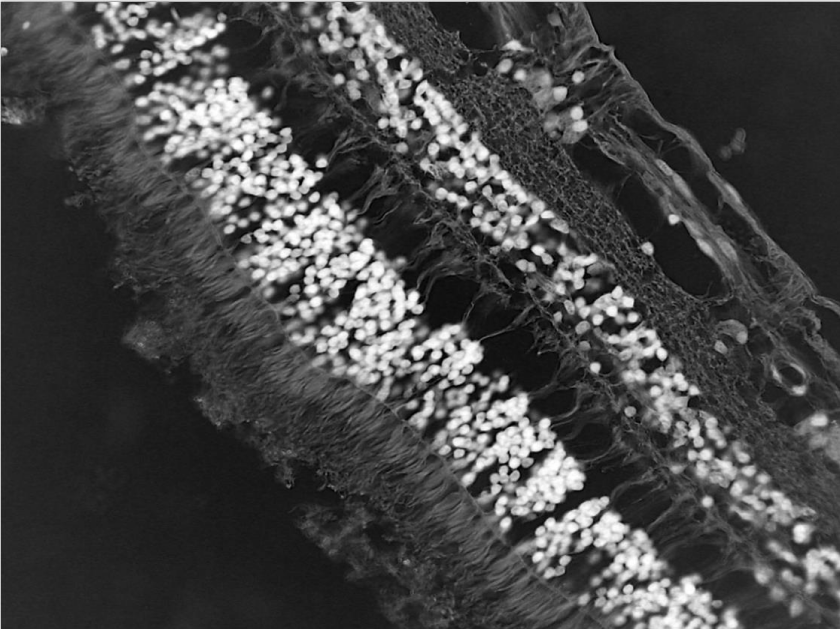
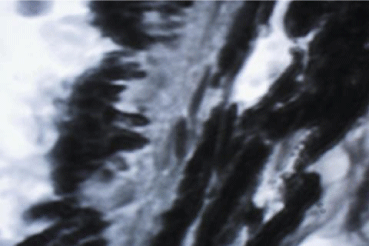

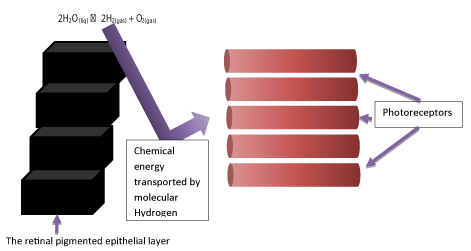
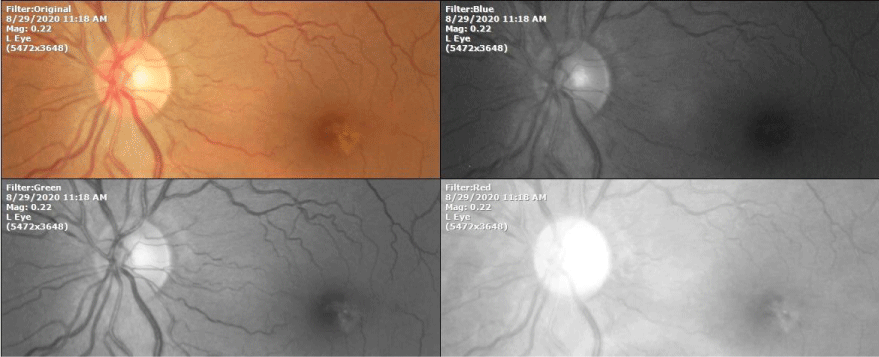
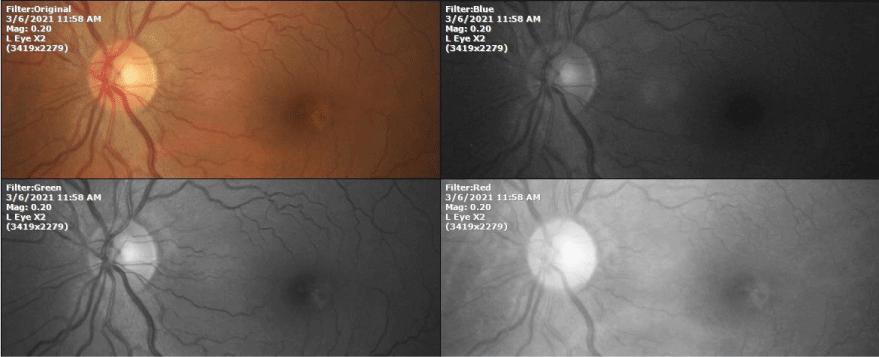
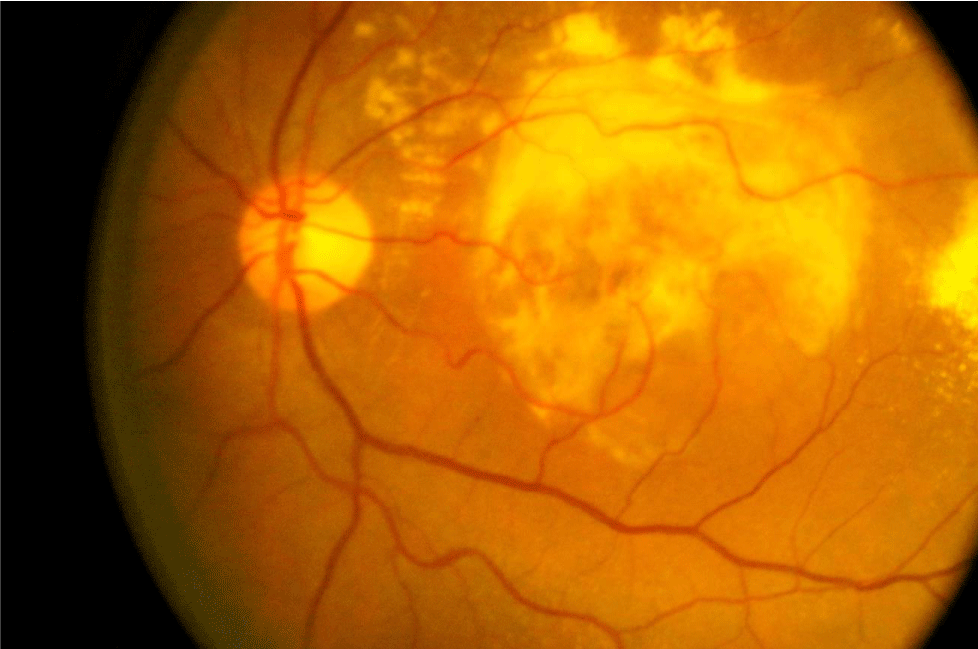
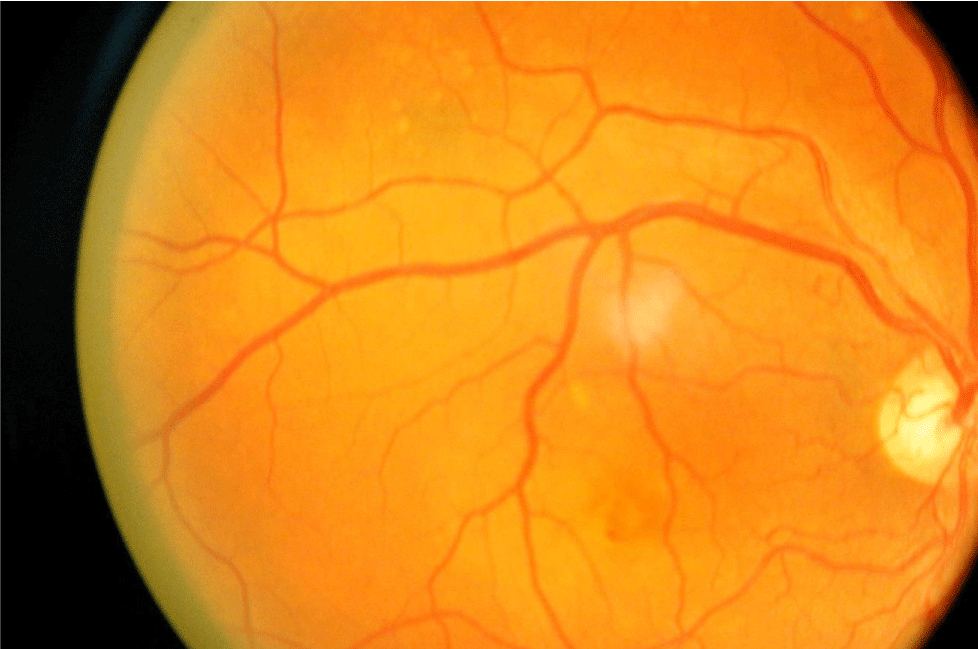
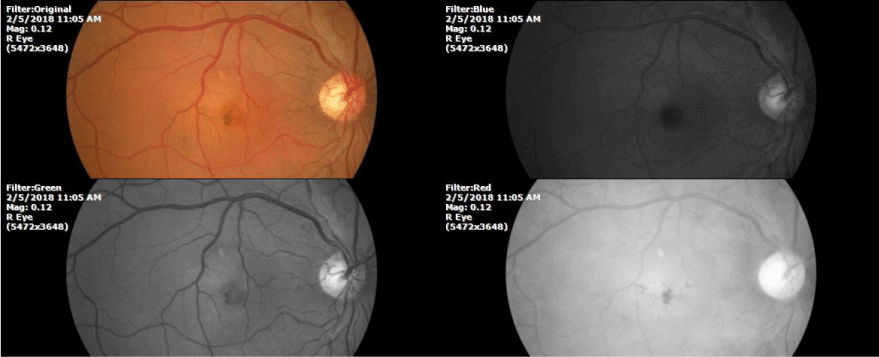
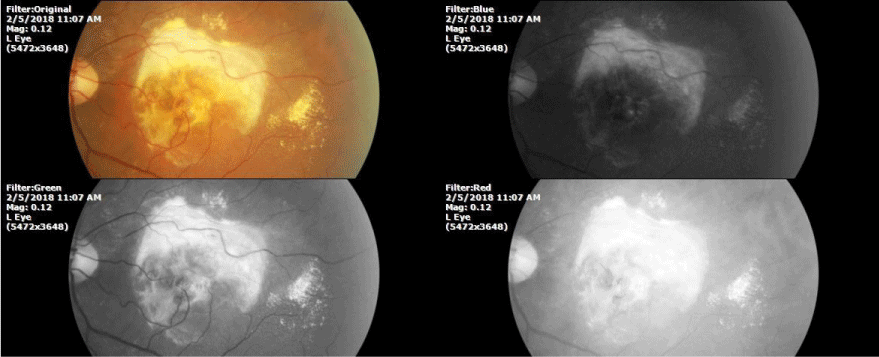
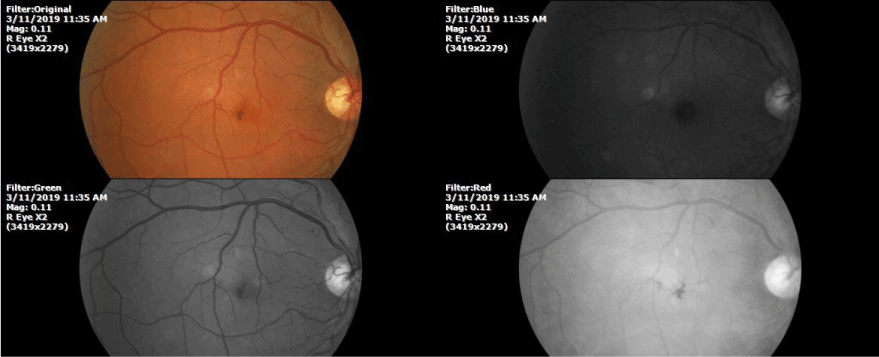
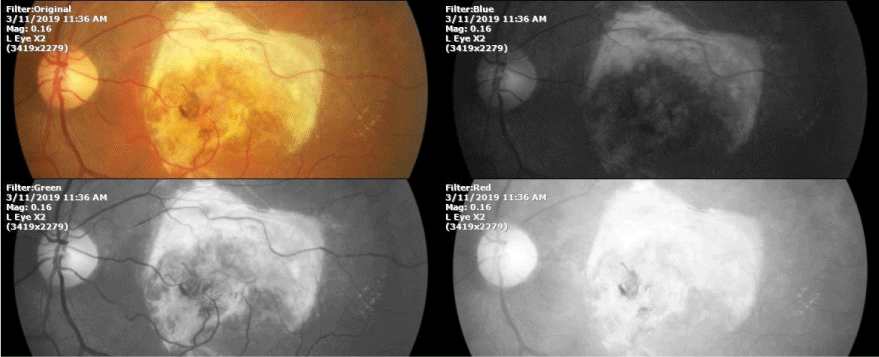
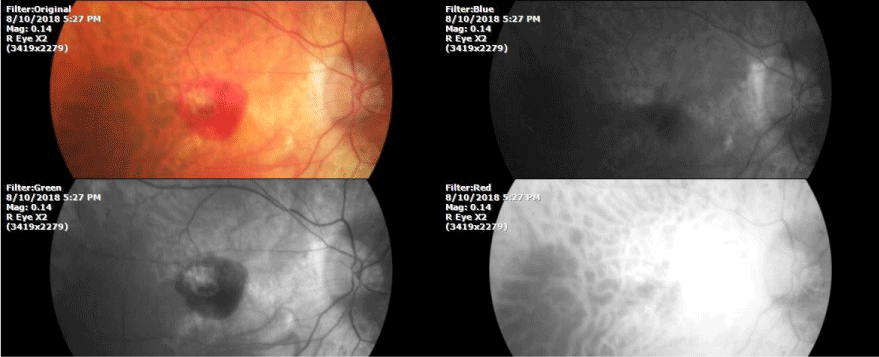

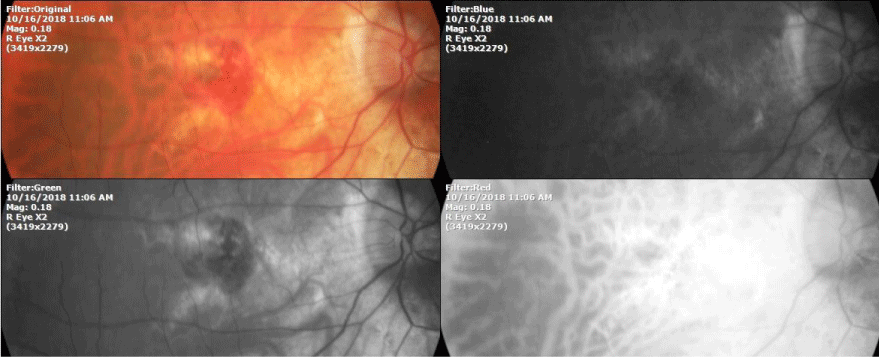

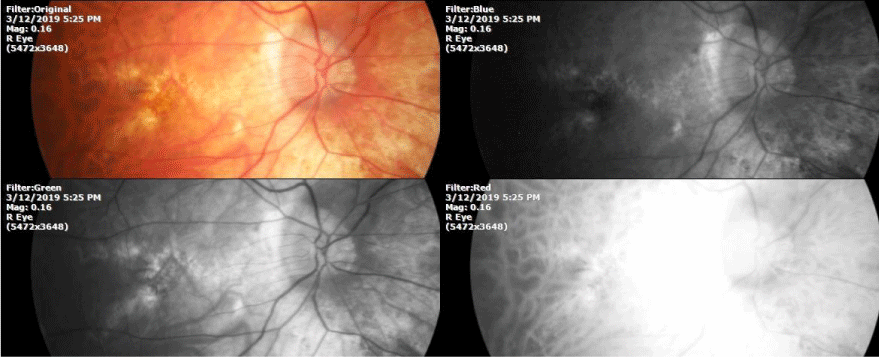
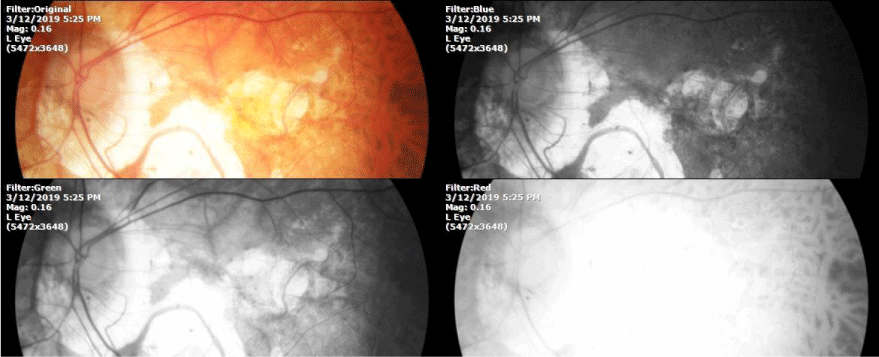
 Save to Mendeley
Save to Mendeley
